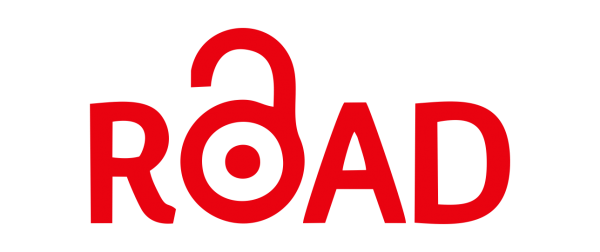Abstract
The technique of using a surface flow generated by the bubble plume is utilized as one of effective ways to control and collect the surface floating substances in naval systems, lakes, seas, rivers, oceans, as well as in various kinds of engineering processes handling a free surface. In the past, however, the detailed mechanism of the surface flow generation process has not been measured. The motivation of this paper is the demand to know the characteristics of the surface flow, which depends on the gas flow rate, the bubble size, and the internal two-phase flow structure of the bubble plume. In this paper, the two- dimensional flow analysis based on Eulerrian-Lagrangian model and the particle tracking velocimetry measurement have carried out in order to elucidate the surface flow generation process in detail. The present results explore that surface velocity profile can be predicted by Eulerian- Lagrangian model in good agreement with experimental results. Maximum velocity of the surface flow increases as small bubble size is supplied. The surface flow is effectively generated in case of bubble plume compared to liquid jet flow because distortion point appears in the vicinity of surface. The data are obtained for two kinds of visualized images: the first that of the upper view of the surface flow, and the second that of the surface flow generation region under the free surface.
Recommended Citation
Abdulmouti, Hassan
(2011),
SURFACE FLOW GENERATION MECHANISM INDUCED BY A BUBBLE PLUME,
Yanbu Journal of Engineering and Science: Vol. 2:
Iss.
1, 50-67.
DOI: https://doi.org/10.53370/001c.23746
Available at:
https://yjes.researchcommons.org/yjes/vol2/iss1/5












